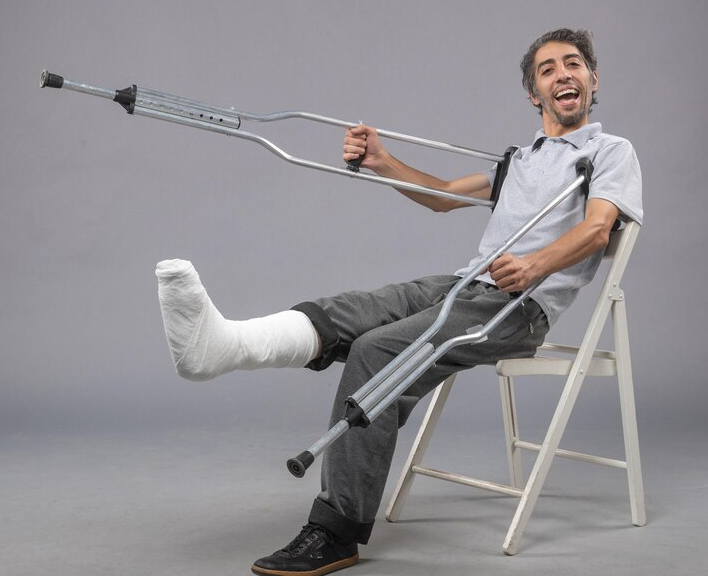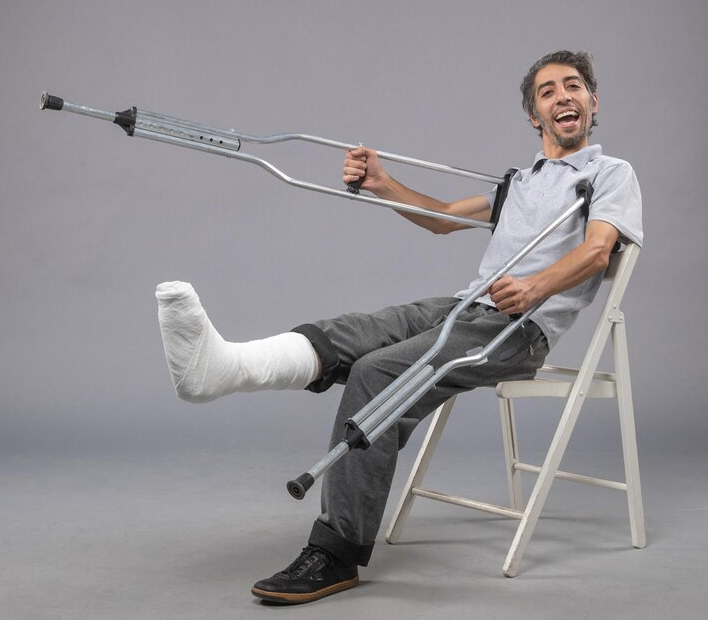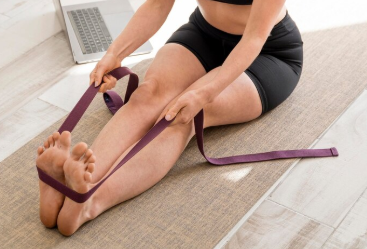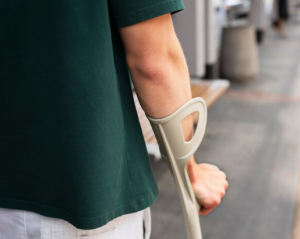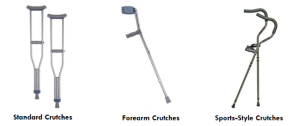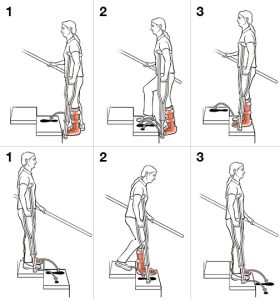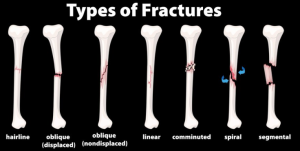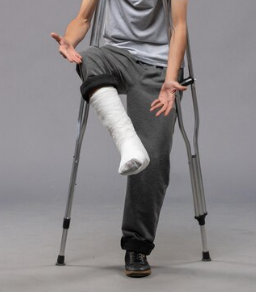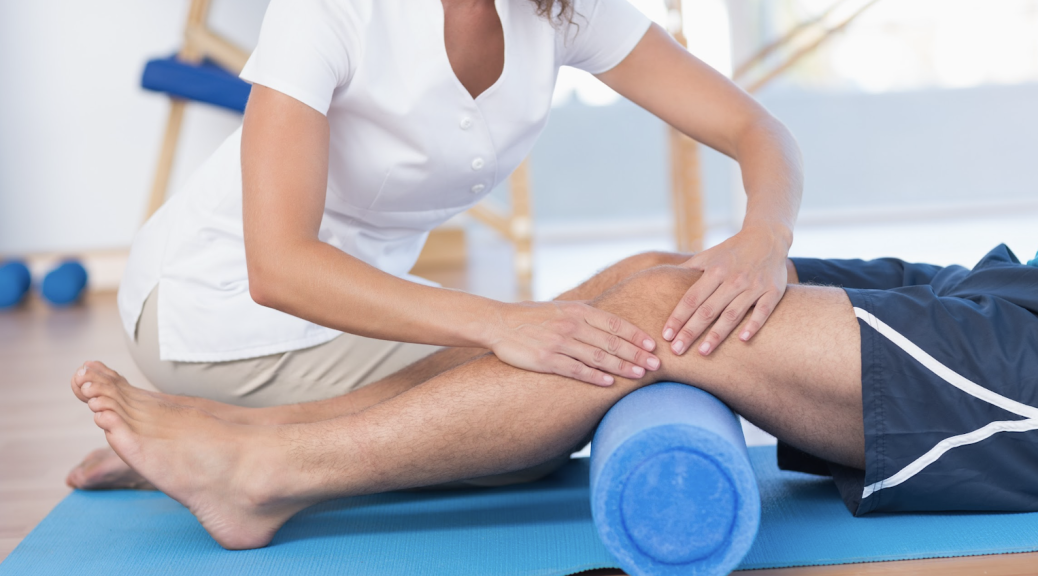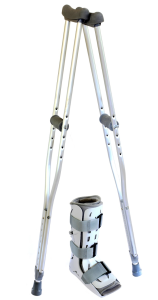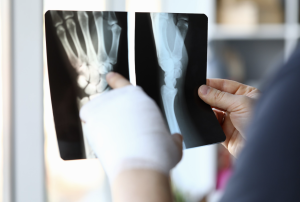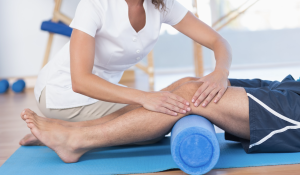What is a fibular fracture?
The fibula is one of two bones in the lower leg, the other being the tibia. Fractures of the tibia and fibula are common in those who have low bone density, specific diseases or anatomical features resulting in changes in bone structure. Also,the likelihood may also depend on the activity level, sports and types of training individuals do.
Fibular fractures can happen anywhere along the shaft of the bone. Fortunately, due to the smaller size and degree of weight bearing of the fibula relative to the tibia, a fibular fracture is considered less severe.
How do these fractures happen?
Usually, these fractures are caused by traumatic force to the bone.
- High impact trauma: For example, these can be from a car crash, pedestrians being hit by a vehicle, falls from heights and more
- Sports injuries: Especially, in contact sports like football or hockey. Alternatively, a sudden twist or rotational force can fracture the fibula even without a direct blow
What does a fibular fracture look like?
Symptoms of a fibular fracture may include:
- Pain and tenderness along the outside of the leg
- Swelling on the outside or sometimes the entire lower leg
- Visible deformity
- Inability or difficulty to bear weight on affected leg
- Numbness and coldness in feet
When do I start Physiotherapy Treatment?
After being in a cast for several weeks and being cleared by the fracture clinic, you should see a Physiotherapist for Fracture Rehabilitation. Oftentimes, the knee and ankle become stiff, and the muscles weaken from disuse. Consequently, it is important to begin Physiotherapy Treatment as soon as you can. First, you will focus on regaining the range of motion, strength, and coordination in the lower leg. Simultaneously, you will work on restoring your normal walking pattern and functional abilities like weightbearing, balancing, squatting and stairs. Below is an example of a general rehabilitation program with Physiotherapy after a fibular fracture.
Phase 1: Protection (0-6 weeks)
- Patient will be in a cast for about 6 weeks and may be restricted in putting weight on the leg
- Encourage leg elevation
- Focus on ankle pumps, upper extremity and core strengthening
Phase 2: Early mobility and strengthening (6-8 weeks)
- Focus on restoring range of motion in all the lower extremity joints
- Strong emphasis on ankle dorsiflexion range (bringing your ankle up)
- Focus on foot intrinsic muscle strengthening
- Start strengthening exercises for the musculature around the ankle, knee, and hip
- Gradual progression of weight bearing back to normal
- Gait retraining
Phase 3: Continue strengthening (8-12+ weeks)
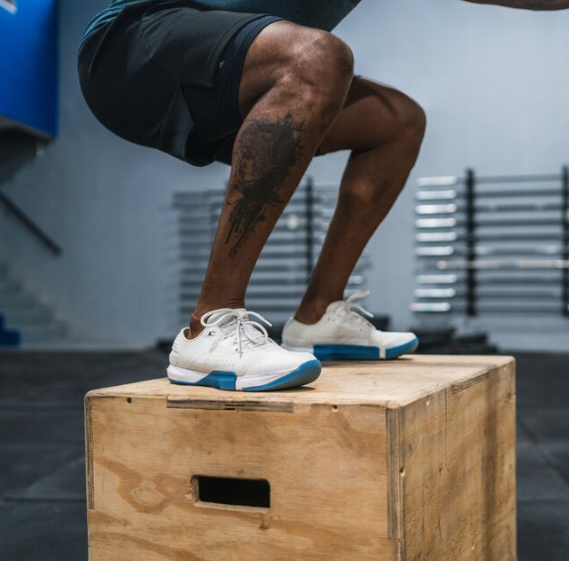
- Advanced strengthening exercises including resistance training ex. weighted squats, lunges
- Start incorporating higher impact activities such as jogging
- Progress to plyometric (jumping) and exercises in multiple planes
It is important to note that not everybody will move through the phases of rehabilitation at the same pace. Thus, it is important to have supervision from a trained professional like a Physiotherapist. Ultimately, this will ensure that you are progressing appropriately and minimize your risk of reinjury.
Get started with PhysioNow!
If you are dealing with a fracture or any other types of leg pain, look for PhysioNow! We have many experienced clinicians including Physiotherapists, Massage Therapists, Manual Osteopaths, and Athletic Therapists to assist you in your recovery. We have 10 locations with free and accessible parking located across the GTA. Book with PhysioNow today for your first assessment and treatment!
Images by FreePik
